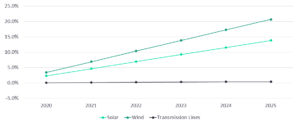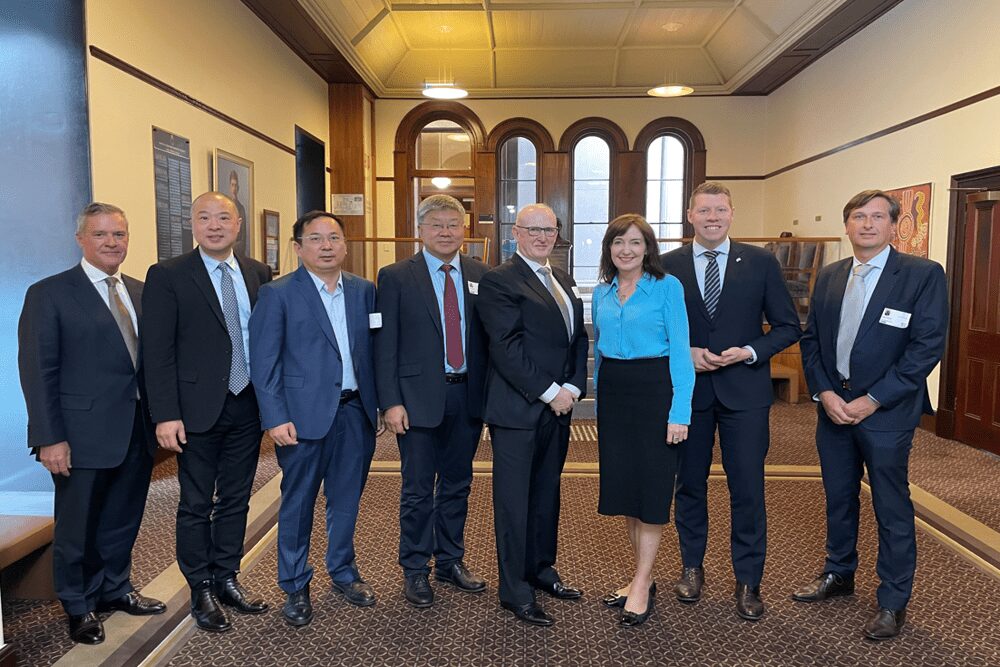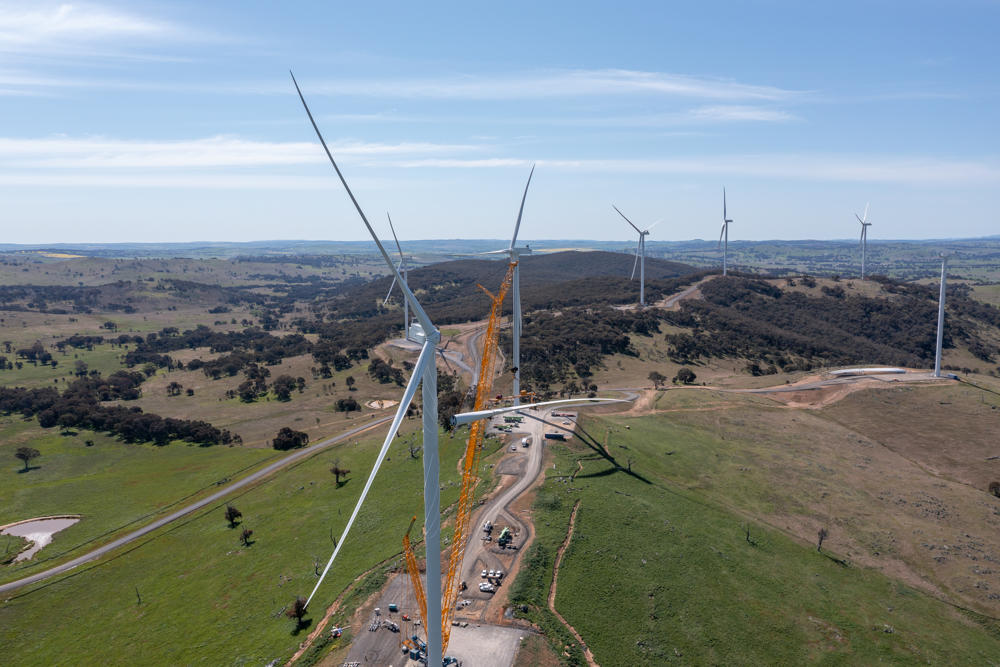
The uptake of renewable energy generation has risked the existing transmission system originally built for coal-power generation in Australia, GlobalData has warned. With the expected growth in the wind and solar PV sectors, the current transmission infrastructure is bound to be overburdened and therefore, should be revamped to check the issue of intermittency linked with renewable electricity generation. The company also suggests that connection caps based on renewable energy zones can be introduced to help orderly addition of renewable power plants to the transmission lines.
The Australian transmission networks are divided into National Electricity Market (NEM), Western Australia and the Northern Territory. NEM is the largest operator and two-thirds of its coal-fired capacity is expected to be closed by 2040, which might result in grid-imbalance.
Project Manager at GlobalData, Mohit Prasad, commented: “The country has not expanded its transmission lines infrastructure much. Hence, the existing lines should be revamped to support the spurt in renewable energy generation.”
GlobalData estimates that Australia’s transmission will grow at a compounded annual growth rate (CAGR) of 0.4 per cent from 53,398 circuit kilometres (Ckm) at the end of 2020 to 54,585 Ckm at the end of 2025.
With several federal and state-level incentives to promote renewable energy, Australia has witnessed a massive surge in solar PV and wind power installations. Therefore, the country is forecast to witness a contribution of around 29 per cent for solar PV and wind together at the end of 2020. These technologies are expected to further contribute around 46 per cent by the end of 2025.
Solar PV is expected to grow at a CAGR of 14 per cent during 2020-2025. During the same period, wind is expected to witness growth at a CAGR of 21 per cent.

Solar PV, Wind and Transmission Lines, 2020-2050, CAGR (%). Image credit: GlobalData Power Intelligence Center.
“With several Australian states committing to the addition of renewable energy installations, which are associated with intermittent supply, the country has to relook and try to refurbish its existing transmission lines to address the network congestion amid the rapid growth of weather-dependent renewable power,” Prasad noted.











